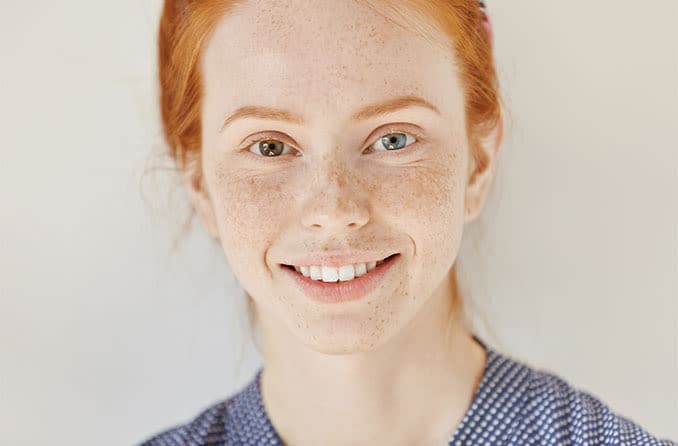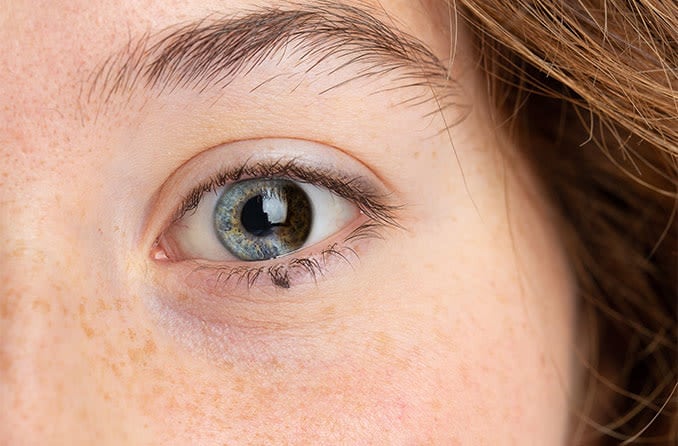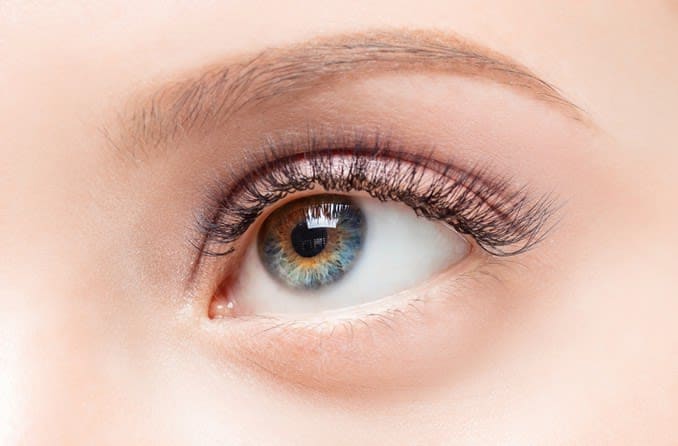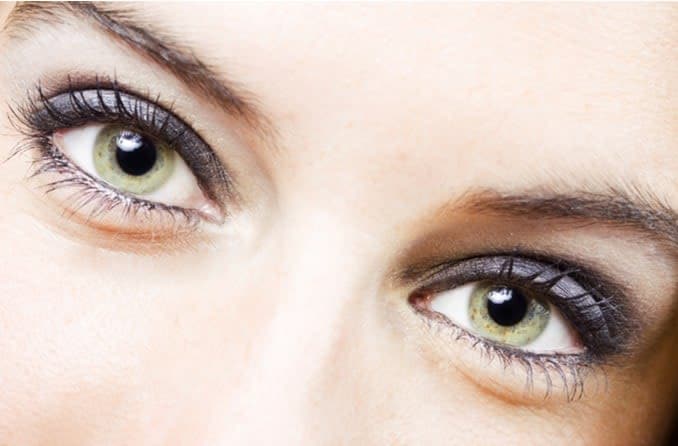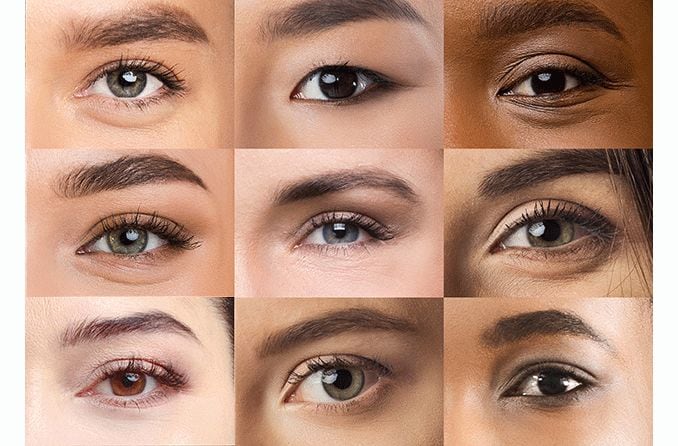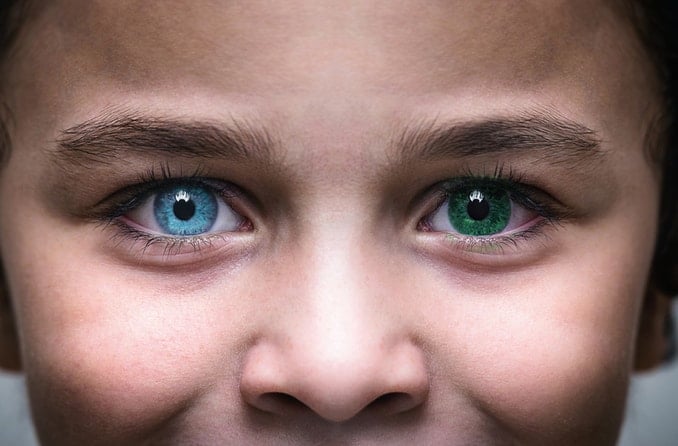There are three main types of heterochromia, the term used to describe when someone has different-colored eyes:
Complete heterochromia
Central heterochromia
Sectoral heterochromia
All types of heterochromia affect the level of melanin pigment in the iris, the colored part of the eye. When there’s less melanin in the iris, it appears as a lighter color.
Each form of heterochromia can be remarkably different in appearance.
Complete heterochromia
If you’ve heard of heterochromia, the type that probably comes to mind is complete heterochromia. “Complete” refers to the complete discoloration of one iris, giving the appearance of two different eye colors.
The condition, found in people and animals, is usually caused by a harmless, random genetic mutation before birth. It can also be caused by illness, injury or medication.
Siberian huskies are some of the most common and well-known examples of complete heterochromia. About one in every six huskies has complete heterochromia, often coming in the form of one dark brown eye and one icy blue eye.
Central heterochromia
Central heterochromia causes a color separation that almost seems to burst from the pupil at the center of the eye. The dominant color of the iris tends to be low in melanin, so the outer hue will almost always be a shade or blue or green.
The inner hue doesn’t form a perfect circle, instead shooting out into tiny, firework-like spikes of color. Gold and hazel colors are commonly seen on this inner ring.
This condition may have even contributed to one of the most famous photographs ever taken. Sharbat Gula, the subject of Steve McCurry’s photograph Afghan Girl, may have had central heterochromia. If you look closely, you’ll notice a striking hazel color streaking from the center of her primarily blue-green irises.
Sectoral heterochromia
Also called partial heterochromia, sectoral heterochromia may be the most varied form of the condition. It occurs when there are two different colors in the same iris.
You’ll be hard-pressed to find two cases of sectoral heterochromia that look exactly the same. While one person has an eye that’s half-blue and half-brown, another can have a predominantly green eye with a tiny wedge of hazel that cuts through it.
People can even experience partial heterochromia in both eyes, each with its own unique pattern of colors.

